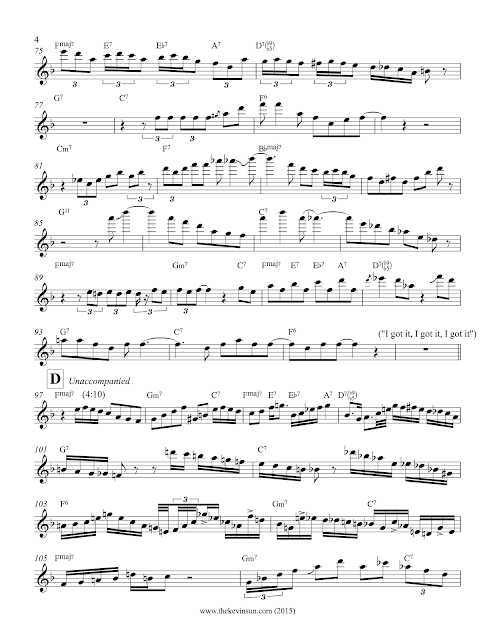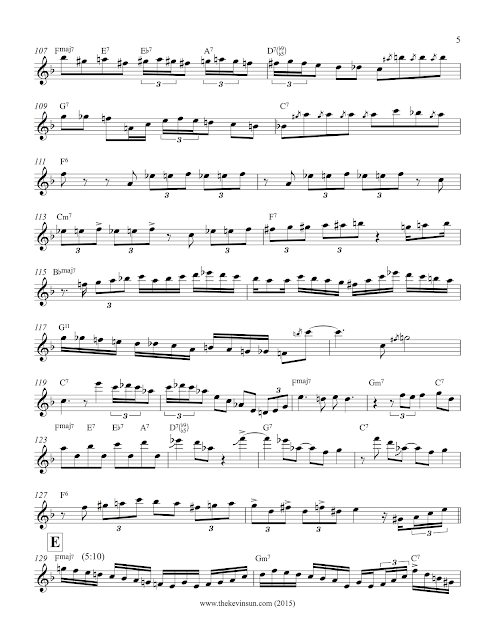JAM, XVIII: Johnny Griffin on "Let's Cool One"
Every weekday this month I'll be posting new content in observance of Jazz Appreciation Month (J.A.M.), so-designated by the Smithsonian National Museum of American History beginning in 2001. International Jazz Day, so-designated by UNESCO in partnership with the Thelonious Monk Institute of Jazz, is on the last day of April, the 30th; it was first celebrated in 2012. Debating the relative merits of designating specific days or months for celebrating heritages, traditions, and the like aside, Jazz Appreciation Month is at the very least an excuse to dig into some material that I've been interested in for a while on the blog.
Yesterday's installment featured Bird playing in "Passport." Monday's will feature part one of a two-part series on Teddy Edwards and the mysterious, early West Coast bop tenor lineage.
†If you enjoy the content on this blog, please consider supporting my band's homegrown effort to get our record through the final stages of mastering and production. It's all recorded—you can listen to it now!—but we just need a bit more help to get to the finish line. We appreciate it. </self-promotion over>
* * * * *
Today we celebrate, among other birthdays, the birth of tenorists Johnny Griffin ('28) and Joe Henderson ('37), as well as the birth of Joe Segal, 89 today, who was honored just this past weekend as a 2015 NEA Jazz Master. Thanks to Mark Stryker for pointing this out to me:
@sunthekevin Used to hear Joe all the time at Jazz Showcase in Chicago in 80s. Once w/ Griff's qt. Joe/Griff/Joe Segal all born 4/24!
— Mark Stryker (@Mark_Stryker) April 21, 2015
@sunthekevin Joe or Johnny was typically booked into Showcase for their birthday week & for a few years Segal had them both
— Mark Stryker (@Mark_Stryker) April 22, 2015
 |
| Griffin in '85, likely warming up with a cloth in his bell (Wikimedia Commons) |
Griffin was born 11 years after Monk, and he got his first real gig with him through the urging of Wilbur Ware, who convinced Monk to add him to a trio engagement at the Bee Hive in Chicago in late '55. Monk knew his playing already, but the gig reminded him of how bad Griffin was—so much so that a few months later he told Nat Hentoff, "He's one of the best."
You can read more about Misterioso, recorded August '58, in this unusually detailed Wikipedia article. Like the Clifford Brown-Max Roach tenor lineage, Monk's quartet also had a remarkable pedigree: Coltrane, followed by Griffin, followed by Sonny Rollins, followed by Charlie Rouse. Griffin hand-picked Sonny to succeed him, basically for financial reasons:
"I had to make some money...and I couldn't make no money at the Five Spot. The only one making money at the Five Spot was Thelonious. It wasn't a large club, it was small, so there wasn't that much money to go around. And I had a family, I had to see about them."Right before the band drops out, you can hear Griffin go, "I got it, I got it, I got it," after which he takes two astonishing unaccompanied choruses. I listened to this section the other day with the pitch raised a major third, and it's incredible how much Griffin sounds like Bird. Here's the solo:
.png)





Comments
Post a Comment